Kjærlighet og seksualitet//Love and sexuality
Love means to hold someone dear or care for someone. Most people have someone they love. These can be parents, siblings or friends. There is also romantic love, which one feels for a girlfriend/boyfriend or spouse.
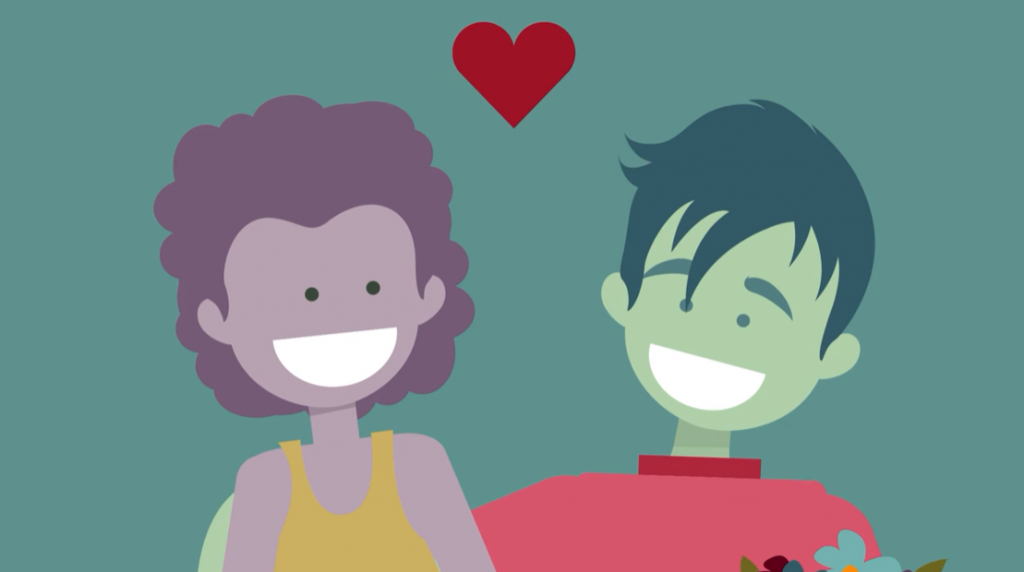
The view of romantic love varies between different countries and cultures. Among other things, there are big differences in how couples find each other. In some places, the parents are the ones who find a spouse for their children. This is called an arranged marriage.
Some parents give their children several options for who they want to marry, and then the children get to choose for themselves who they prefer. In some places, the parents decide without asking their children. It is illegal to force someone to marry in Norway, but making suggestions is allowed if the children want it.
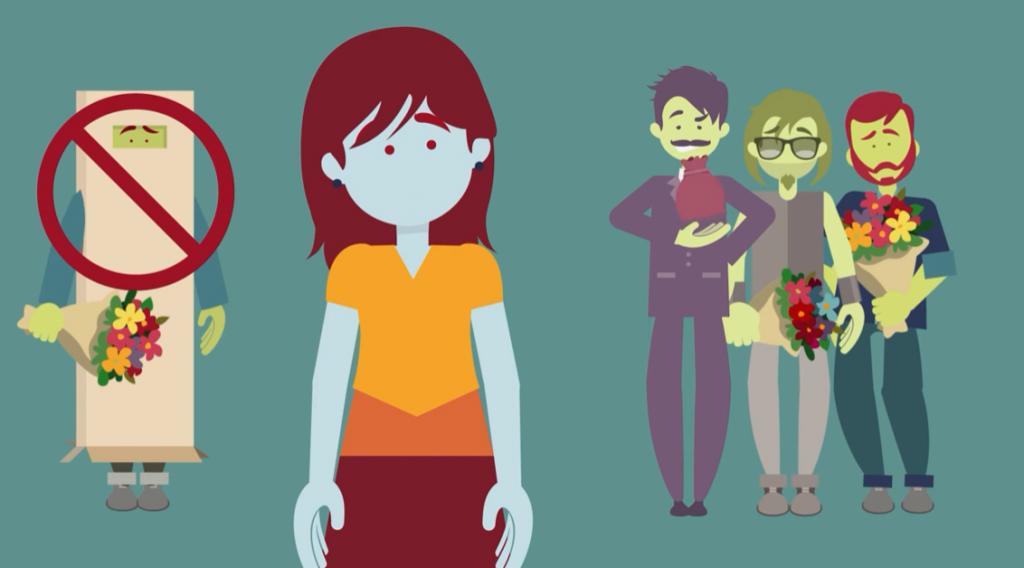
In Norway, it is common to find the person you want to marry yourself. It is also common to have several girlfriends/boyfriends before deciding to get married. Most people move in together before they get married. This is called being cohabitants. A quarter of cohabitants in Norway never marry, but live together and often have children.
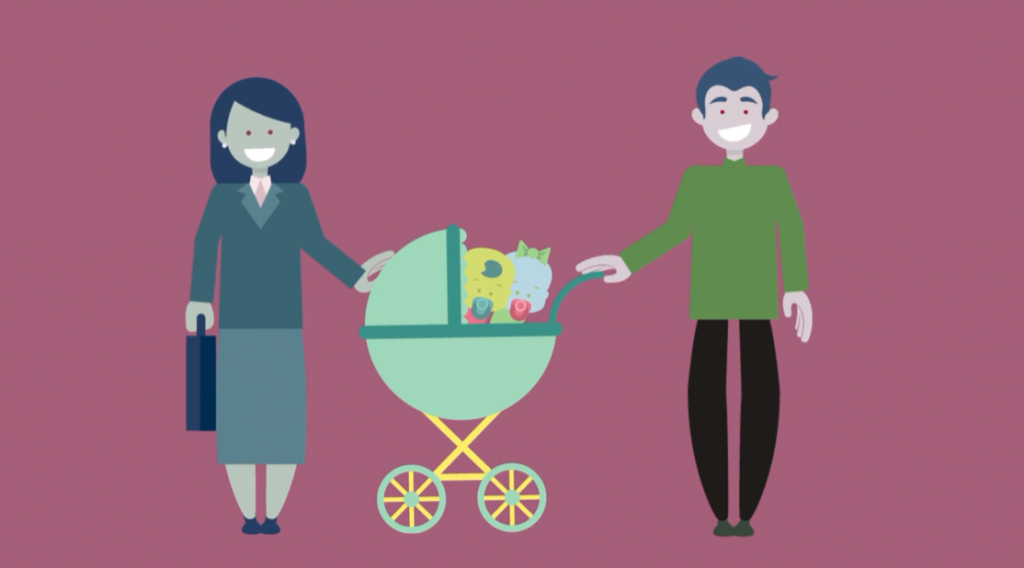
When a boy and a girl fall in love with each other, we call it heterosexuality. When two people of the same sex fall in love, it is called homosexuality, or being gay.
In some countries, it is illegal to be homosexual or gay, and people can be punished or even killed for being gay. Some religions say homosexuality is wrong.
In Norway, you can live with whoever you want. It is illegal to discriminate against gay people, and gay people can, for example, marry on equal terms as heterosexuals.
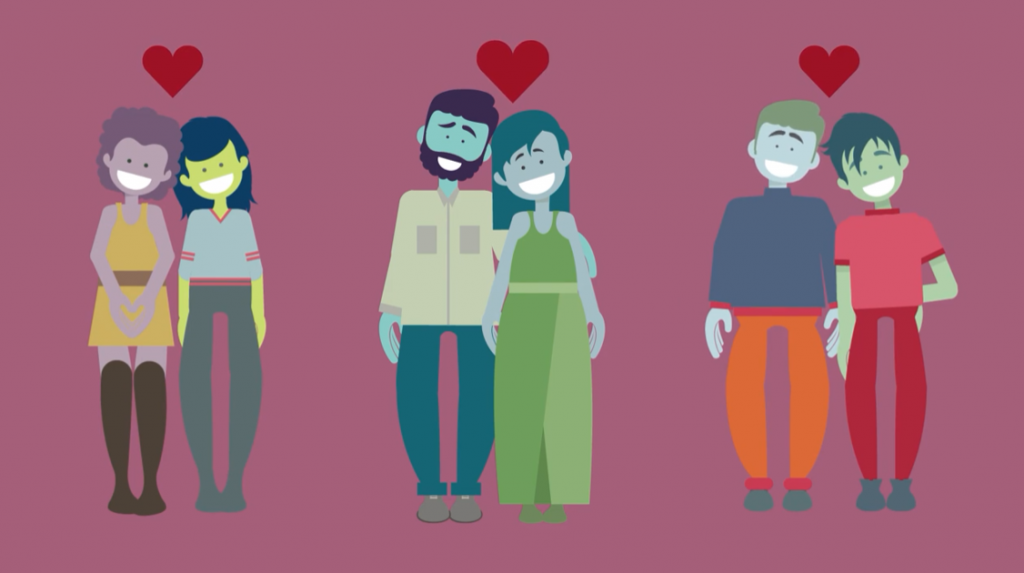
Sex is a natural part of a romantic relationship. It is something beautiful and personal that two people can share. But even if you are in a relationship, you always decide for yourself about your sexuality. This means that you decide whether you want to have sexual experiences and who you want to have them with. No one else, neither your parent, spouse, or partner, is allowed to make decisions about your sexuality.
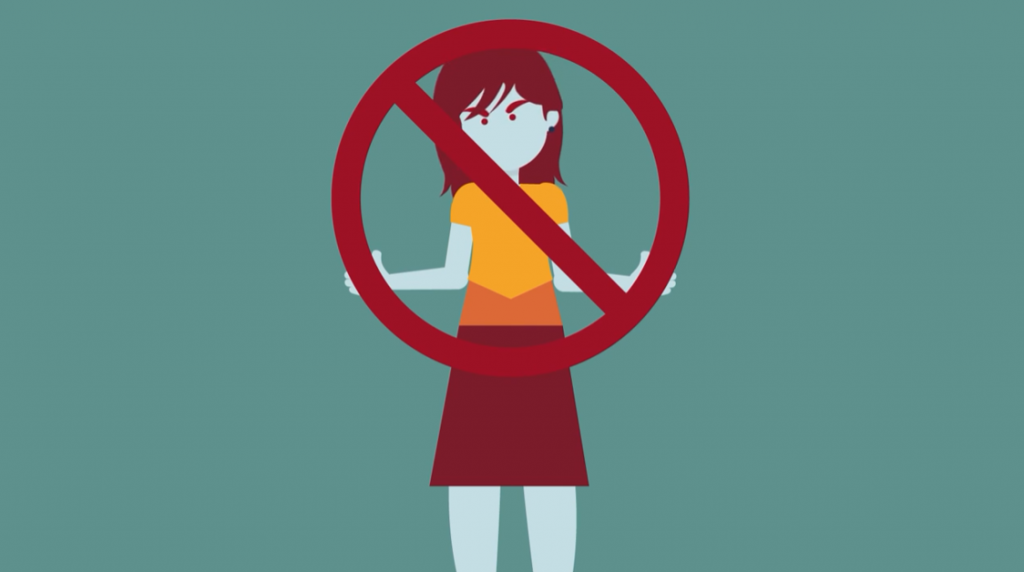
Sexual intercourse to which you have not given your consent is called rape. It is illegal in Norway and can be punished with imprisonment. It is also illegal to touch others without consent. If you are in doubt as to whether it is okay to touch someone, you can simply ask.
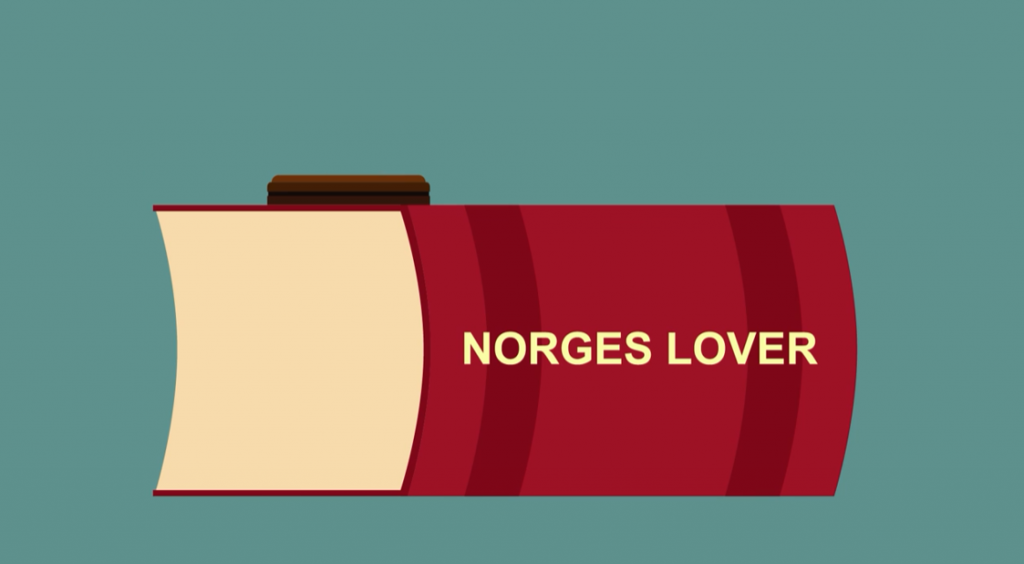
Ordliste
Arranged marriage – the family chooses a spouse for the children
Cohabitant – living together without being married
Heterosexual – can fall in love with someone of the opposite sex
Homosexual – can fall in love with someone of the same sex
Rape – forced sexual contact
Tekst og bilde er gjengitt og oversatt med tiltatelse fra Bergen kommune og zmekk.no